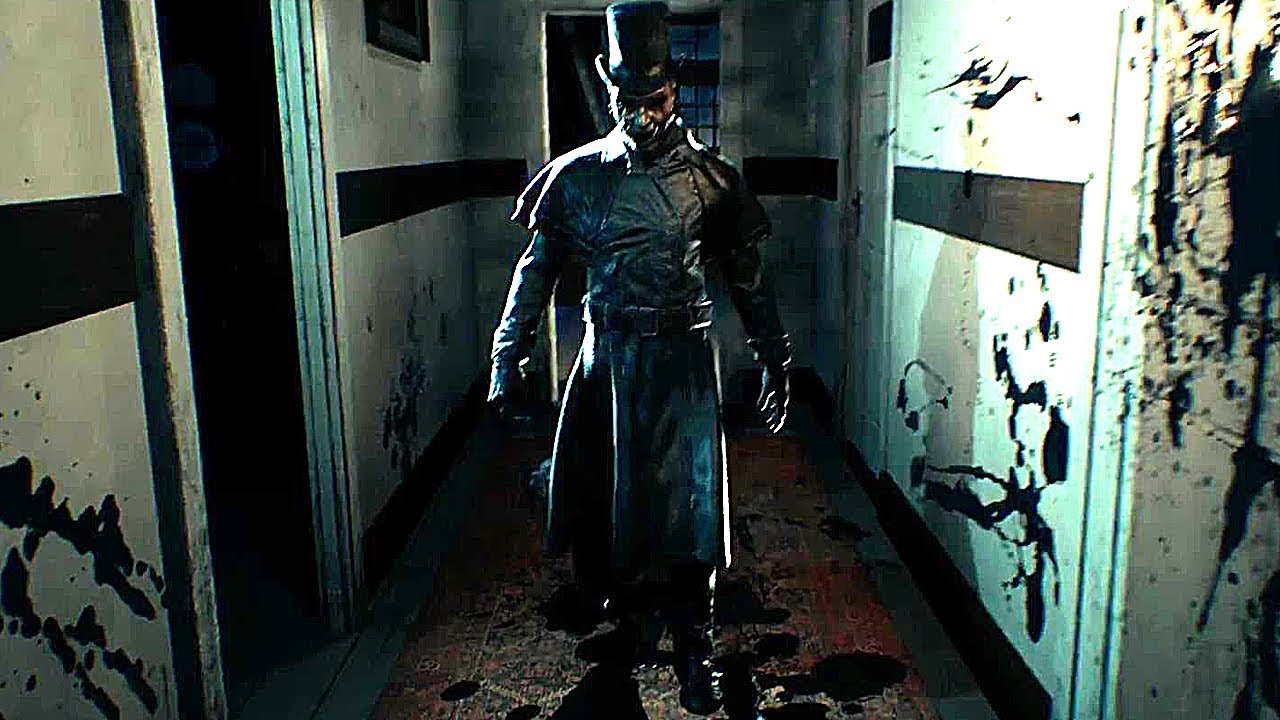
Introduction
“The Beast Inside” is a phrase that shows up across stories, psychology, biology, and culture. It can be literal a real animal or virus inside a body or it can be a powerful metaphor for emotions, instincts, and behaviors we find hard to control. This article explains the many ways people use the phrase, why it matters, and how we can understand and manage our own “beasts.”
1. What people mean by “The Beast Inside”
When someone says “the beast inside,” they usually mean one of three things:
- Inner emotions or urges. Anger, fear, jealousy, or rage that feels overwhelming.
- Primitive instincts. Survival-driven responses like fight, flight, or sex that sometimes conflict with social rules.
- Literal threats. In fiction, this might be a monster, werewolf, or parasite; in science, it could be disease or infection.
Because the phrase is flexible, it’s used widely in literature, movies, self-help, and science writing to describe anything from inner conflict to a real biological danger.
2. “The Beast Inside” in psychology
Psychologists and therapists often talk about parts of the self that feel raw or uncontrolled. These ideas connect to the phrase in useful ways:
- Shadow work. Carl Jung called the “shadow” the parts of ourselves we hide. The beast inside can be that shadow: traits we reject but that still shape our behavior.
- Emotion regulation. When emotions spike, people sometimes describe being “taken over.” Learning to name feelings and use calming strategies helps tame that inner beast.
- Trauma and triggers. For some, past trauma can make reactions intense. What feels like a beast is a nervous system responding to danger. Therapy can rewire those responses.
In short, the beast inside is rarely a moral failing. It’s an experience often biological that can be understood and changed.
3. Biological and health perspectives
Sometimes “the beast inside” refers to physical threats or biological processes:
- Illness and infection. Bacteria, viruses, or parasites can be described metaphorically as beasts. For example, people say cancer or an aggressive infection is “the beast” they are fighting.
- Hormones and brain chemistry. Hormonal surges (like adrenaline) and chemical imbalances can produce behavior that feels out of control. These biological forces can feel beastly because they overpower conscious choice.
- Evolutionary instincts. Our ancestors relied on fast, automatic responses for survival. Those same responses can appear inappropriate today and feel like a primitive beast inside.
Recognizing the biological side helps reduce shame and focus on treatment: medical care, medication when appropriate, and lifestyle changes.
4. The beast in stories and culture
“The Beast Inside” is a strong image in storytelling. Reasons it appears so often:
- Conflict. Stories need tension. An internal beast creates dramatic struggle without external enemies.
- Symbolism. The beast can symbolize anything from forbidden desire to societal taboos.
- Transformation. Many stories use beasts to explore change becoming something different, often through trials.
Examples include mythic creatures, supernatural tales (werewolves), psychological horror, and even superhero narratives where power comes with a dark side.
5. Why the phrase resonates
There are a few reasons the idea of a beast within connects with people:
- Universal experience. Everyone faces impulses they regret. The phrase captures that common human struggle.
- Moral clarity. Framing unwanted urges as a “beast” separates them from the whole self, which can reduce guilt and open the door to change.
- Dramatic language. “Beast” is vivid and memorable; it helps people explain intense inner states quickly.
6. How to identify your “beast”
Recognizing when you’re being driven by overwhelming impulses is the first step to change:
- Notice patterns: when do you lose control? With specific people, places, or things?
- Track physical signs: racing heart, tight muscles, shallow breathing.
- Name the emotion: anger, shame, fear, longing. Labeling helps reduce intensity.
- Keep a journal: write what happened, how you felt, and what you did. Over time patterns emerge.
7. Practical ways to manage the beast
Taming the beast inside doesn’t mean erasing it. It means understanding and redirecting its energy.
- Pause and breathe. Slow, deep breaths lower arousal and give you space to choose.
- Grounding techniques. Focus on senses (touch, sight, sound) to come back to the present.
- Cognitive tools. Challenge extreme thoughts that fuel the beast. Ask: “Is this true? Is this useful?”
- Physical activity. Exercise channels energy and lowers stress hormones.
- Healthy routines. Good sleep, balanced diet, and reduced substances stabilize mood.
- Therapy and support. Professionals can teach skills for impulse control and healing past trauma. Group support helps too.
- Create a plan. If certain triggers are predictable, make a step-by-step plan ahead of time to respond differently.
8. When the beast is dangerous
Sometimes the beast poses a clear risk to self or others. Warning signs include persistent violent thoughts, substance addiction, or behaviors that harm health or relationships. In these cases:
- Seek professional help without delay.
- In immediate danger, contact emergency services or crisis lines.
- Support networks (trusted friends, family) are essential.
Treating a dangerous beast often combines medical, psychological, and social interventions.
9. Growth through the beast
A surprising truth: facing the beast inside can be a path to growth. When people understand their darker impulses, they often gain:
- Greater self-awareness and humility.
- Improved relationships through honest communication.
- Strength and resilience after overcoming hard patterns.
- Deeper creativity and authenticity, as energy once used destructively is redirected productively.
10. Final thoughts
“The Beast Inside” is a flexible, powerful phrase. It can signal fearsome biological forces, unmet emotional needs, or symbolic conflict in stories. But it’s not a sentence. With awareness, practical tools, and help when needed, we can learn to live with and grow from our inner beasts.
Leave a Reply